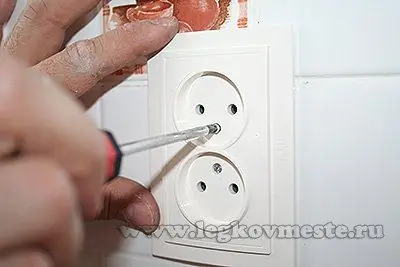
Table of contents:
- Author Bailey Albertson [email protected].
- Public 2023-12-17 12:53.
- Last modified 2025-01-23 12:41.
How to install an outlet with your own hands

Greetings to all readers of our blog "Do it yourself with us".
Today, dear readers, I want to highlight the topic of how to install outlets. This procedure is very often required when replacing an old outlet with a new one in the event of a breakdown, when carrying out repairs in rooms and a complete replacement of electrical wiring.
The work itself is not very difficult, but, as in everything, there are peculiarities and "zest". So let's get started …
As you know, sockets are the end points of the electrical network to which consumers are directly connected (irons, refrigerators, televisions, etc.). They can be both external and internal. The principle of connecting to the electrical network is the same for some and for others, the difference is that the inner ones are installed in special boxes (socket boxes) recessed into the wall and practically do not protrude, while the outer ones are attached directly to the wall surface and are completely visible.
Let's consider everything in order:
- Fastening of external sockets.
- Varieties and installation of boxes for internal sockets.
- Connecting the socket to the electrical network.
- Fastening of internal sockets.
ATTENTION: When carrying out any work with the electrical wiring, do not forget to turn off the electricity, and additionally check its absence from the network after disconnecting
Content
- 1 1. Fastening of external sockets.
- 2 2. Varieties and installation of boxes for internal sockets.
- 3 3. Connecting the socket to the mains.
- 4 4. Fastening of internal sockets.
1. Fixing external sockets

The principle of installing an external socket is very simple and requires minimal effort. This type of consumer connection is mainly used in rooms with external wiring, in rooms whose structures are made of flammable materials (for example, wooden buildings).
Of course, when using external wiring and external means of connecting consumers, the aesthetic appearance of the room deteriorates - all the wires are in plain sight. But, on the other hand, when there is a choice between aesthetic appearance and safety of life, safety is definitely chosen. Due to the fact that all the elements of the wiring are visible, the problem area is easily identified. For example, in case of poor contact, you will immediately see the places where the body melts, the body color changes and the appearance of smoke.
Installation of an external socket is carried out as follows.
disassemble the case
Unscrew the mounting bolts and remove the top cover.

using screws, we screw the base to our surface (for example, to a wall)

If the structure is attached to a flammable material (for example, wood), it is advisable to lay a non-combustible material (paronite, gypsum) under the base. This extra layer will create a barrier between the flammable material and the outlet and prevent fire.
- we connect the power supply wires (more on this in p. 3 "Connecting sockets to the power network").
- we fasten the cover to the body and completely assemble the socket.
2. Types and installation of boxes for internal sockets
A completely different installation principle is used for internal sockets. When attaching them, a box must be used. This is a special cylindrical box in which the body of the outlet itself is placed.
Previously, metal boxes were used. A recess was made in the wall at the place of the electrical wiring outlet, if the wall was tiled with tiles, the tile was cut or a hole of the required diameter was drilled. A box was mounted in it using alabaster and contact wires were removed. Only then, a means of connecting end consumers or a switch for connecting voltage to the chandelier was attached to the box.

At present, with the advent of plastic in wide use, boxes began to be made from it. In such a box, the socket is well kept both with the help of spacer lugs and screwed on with screws. Another advantage of such a box is its budget price.
If there is a need to put several sockets, the boxes are easily connected to each other into a block.

Depending on the material of the walls, into which the installation box is planned to be mounted, boxes of various modifications are also produced.
Conventional boxes are used for mounting, eg in brick walls. To do this, a hole is drilled with a crown at the place where the electrical wiring and the future outlet or switch are located. Already in this hole, with the help of alabaster, the box is fixed flush with the surface of the wall into which the wiring is brought out.
If you plan to mount the box in a plasterboard wall, you must use a special box "with ears" as in the photo below.

We drill a hole with a diameter of 68 mm in the drywall. and insert the box into it. By tightening the screws, the ears on the back of the drywall tighten the box and firmly fix it in place. The free space between the drywall and the wall must be at least 45 mm so that the box is completely sunk and flush with the outer surface of the drywall.
Please note: modern outlets sold in the store are almost all designed for plastic installation boxes with an inner diameter of 65 mm. and not always suitable for metal (old) boxes. The inner diameter of the metal box is 68 mm. The extension of the legs of modern sockets is not enough to fix the case in the old box. Therefore, when buying an outlet in a store, check if it is suitable for old boxes.
3. Connecting the socket to the electrical network
All preparatory operations have been completed and you can install and connect our new socket.
Remove the top cover by unscrewing the bolts from the front side

We relax the contacts into which the power wires will be inserted so that the distance between the clamping jaw and the stop is greater than the diameter of the contact wire and it is freely inserted to a depth of 5-10 mm

We clean the ends of the power wires brought into the box. We orient the ends of the wires so that they fall into the places of contacts of the body and bend them in the form of a springy snake (as in the photo below). This type of bend makes it possible to remove the body from the wall to tighten the bolts for fastening the wires to the body and to exclude sharp bends of the wire when it is inserted into the box

We tighten the bolts of the wires in the housing sockets

It is necessary to tighten it very strongly, since when a powerful consumer is connected (for example, a 2 kW heater) and a poor contact, the junction will start to warm up. This will lead to melting of the wires, plastic housing, and ultimately, failure of the entire structure and wiring.
What if the ends of the wires in the box are short and do not allow plugging in the outlet?
In this case, there are several ways out of this situation:
The best, but also the most difficult way is to lengthen the wires by soldering a wire to the required length and insulating the soldering point. This method is suitable if you have all the necessary accessories (soldering iron, solder, etc.) for soldering, if the wiring is copper and the length of the lead wire makes it possible to do this.
If the wire breaks off under the very body of the box, you can carefully open the wiring termination in the wall and do the extension soldering procedure where it is convenient. Of course, the aesthetic appearance of the wall will be disturbed and you will have to plaster this place a little, but still, the loss of appearance will be minimal compared to replacing the entire wire from the junction box to the outlet.
If the electrical wiring is aluminum, and it often breaks down, the soldering method will be unacceptable.
In this case, if the length of the broken end allows, you can use the terminal. On the one hand, we insert the stripped broken end of the wire into it, on the other, a stripped piece of the extension wire and tighten the contact points tightly.

Of course, this method creates an additional contact point where heating is possible, which creates a certain risk. Otherwise, you will have to replace the entire lead wire from the junction box to the outlet of the wiring from the wall.
It is strongly not recommended to make connections at the terminals and twists in the wall, with further putty and wiring up the wires
This was a small digression, but let's move on to further installation. We connected the wires and now we need to install the socket in its place in the box.
4. Fastening of internal sockets
Depending on the type of box, internal sockets are attached to it in two ways:
using fixing feet

Their principle of operation is simple. The lugs have a curved shape and resemble an "Archimedes lever". When screwing in the bolts passing through the legs, one side of the foot is pressed against the body, and the second, passing through the stop, moves to the side. Tightening the bolts on one and the other side of the case in turn, the legs rest against the box and wedge the case in the required position.
This method of fastening is now practically not used. It is used only in cases where the socket is installed in a metal box, mainly in buildings of "Soviet" times.
More convenient, lightweight and practical is the following mounting method.
fixing the case with two screws

Depending on the need, we orient the body in a vertical or horizontal direction. We direct the screws to the special holes in the box and tighten.

The socket is connected to the mains, fixed in the box and the last step is to put the top cover back in place, apply voltage and try to work by connecting the consumer.
Now you also know how to install the socket. I look forward to your comments and will definitely answer everyone.
See you soon and easy repairs to everyone.
In conclusion, a small video installation of an outlet in a wall lined with plasterboard.
Recommended:
How To Make A Wardrobe With Your Own Hands At Home: Step-by-step Instructions For Making, Installing Filling And Doors With Drawings And Dimensions
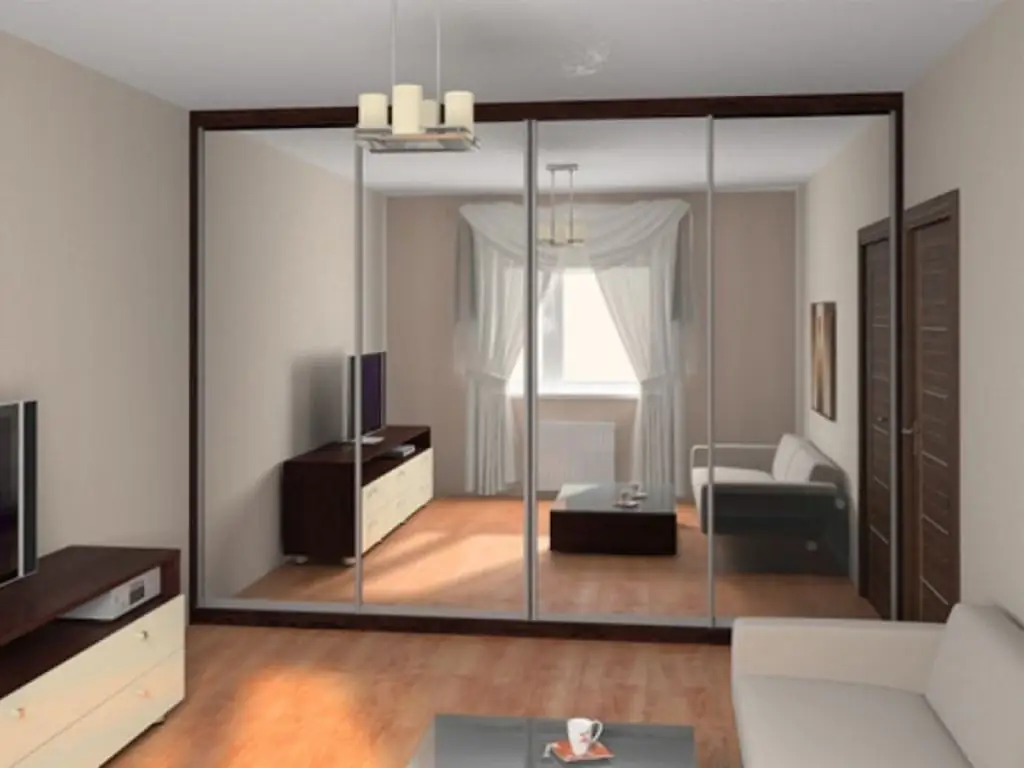
A detailed guide to making a wardrobe with your own hands. Design, marking, installation of internal filling, installation and adjustment of doors
Installing A Boiler (water Heater) With Your Own Hands: Connection Diagram To The Water Supply System, Rules, Etc
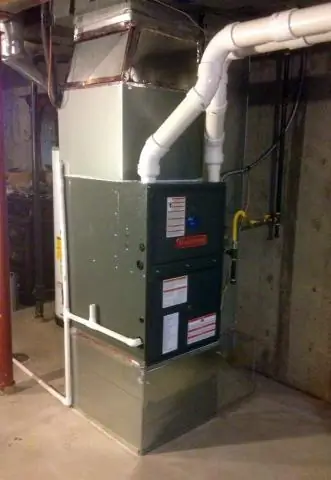
What is a boiler, how does it work. How to independently install and connect an instantaneous and storage water heater. Safety regulations
How To Install A Toilet With Your Own Hands - Step-by-step Instructions For Installing And Connecting To The Sewer With Video
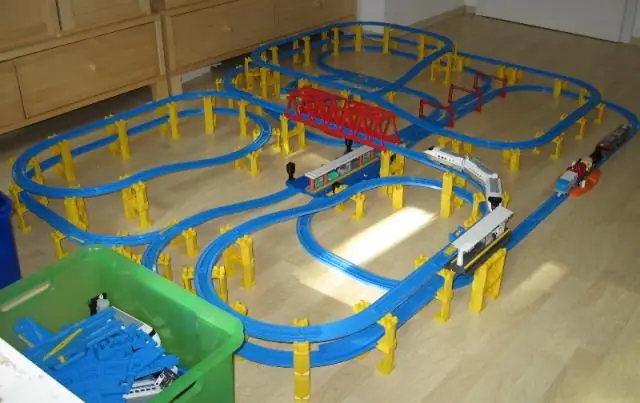
Classification of toilets according to different criteria. The choice of the toilet, installation features depending on the type of construction. Installation errors and how to fix them
Installing A Sink In The Bathroom: How To Properly Install A Washbasin With Your Own Hands, At What Height To Fix And Other Installation Features
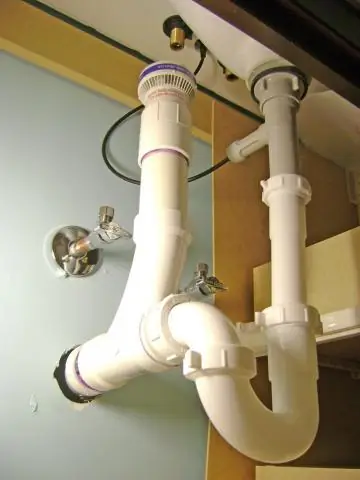
Types of bathroom sinks. The sequence of installation, connection to water supply and sewerage, performance check. Errors and methods of their elimination
Installing A Plastic Skirting Board Or Installing A Plastic Skirting Board
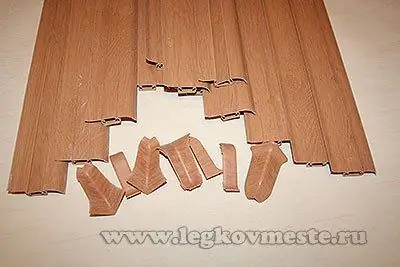
Installing a plastic skirting board with your own hands. How to install plastic skirting boards in the outer and inner corners. Step-by-step instructions for installing skirting boards
